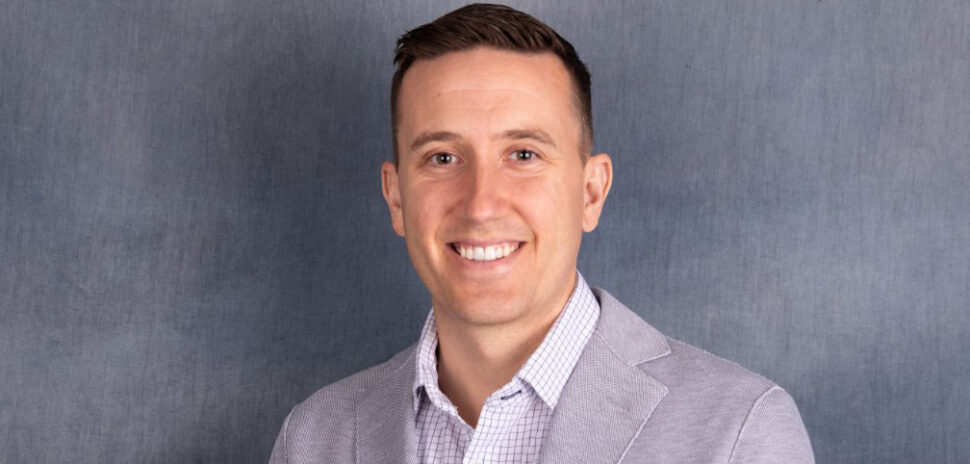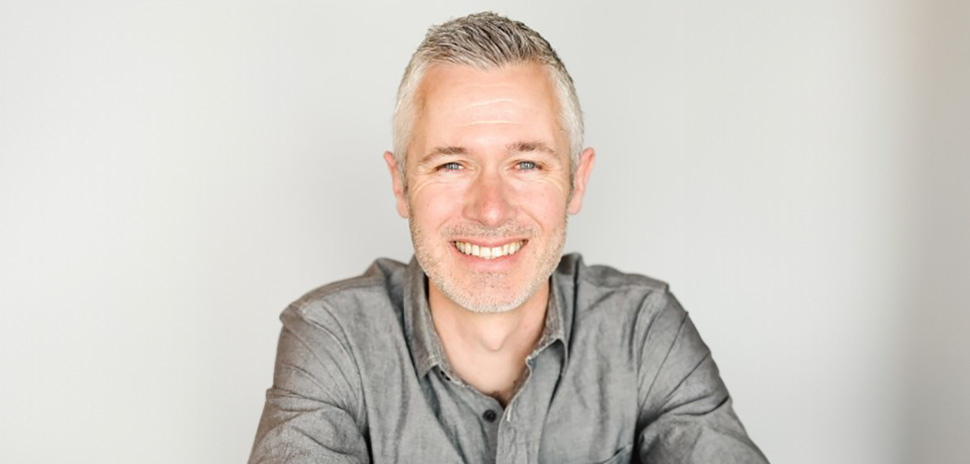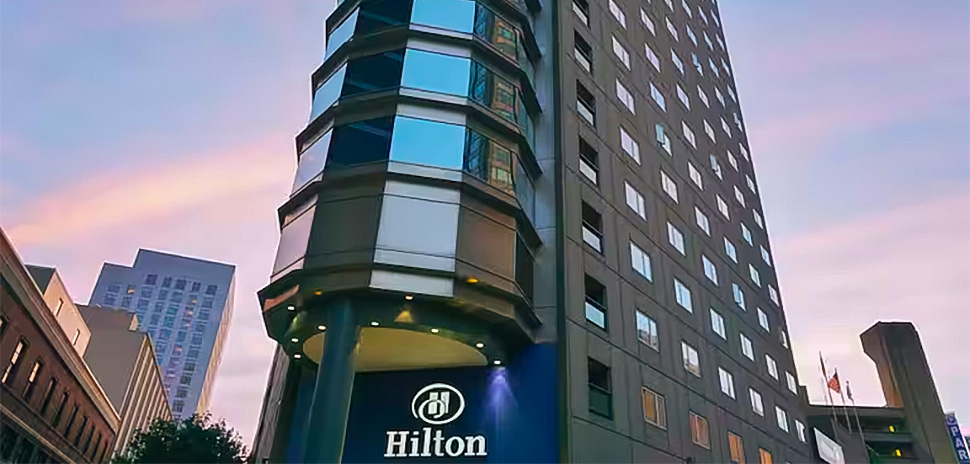To make your mark on the wide-open North Texas skyline, where anything close to 100 years old is downright historic, does it help to hail from some of the oldest and most densely-populated of the world’s cities, or at least from beyond the U.S. border?
Some of the region’s most visible real estate projects have been driven by local developers with international roots. It’s hard to miss the colorful Omni Dallas Hotel downtown built by Jack Matthews, a Canadian who also revived the former Sears offices as South Side on Lamar.
Uptown’s 18-block Harwood District, which is wrapping up its tenth office building, is the result of decades of planning by Gabriel Barbier-Mueller, from Geneva, Switzerland.
Mehrdad Moayedi, who moved to Bedford from his native Tehran, Iran, as a teenager, brought back the Statler Hotel and is remaking Collin Creek Mall in Plano.
Fehmi Karahan, from Istanbul, Turkey, has attracted a Who’s Who of the corporate world, such as Toyota Motor North America, JPMorgan Chase, and Boeing Global to his curated Legacy West development in Plano. He also now has a 2,500-acre Frisco project in the works.
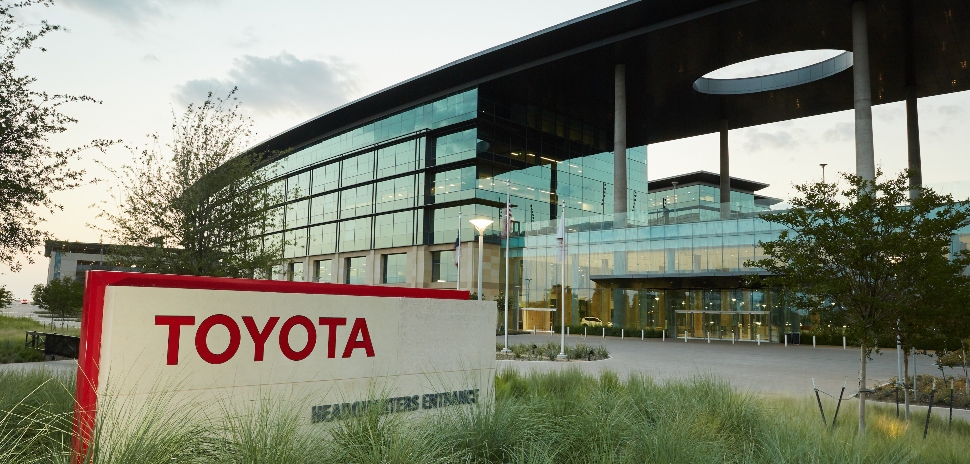
Toyota Motor North America has its headquarters in Plano. [Photo: Courtesy Toyota]
Mike Hoque, from Dhaka, Bangladesh, launched his restaurant company DRG Concepts in Dallas before buying the Adolphus Tower in 2015 and more recently putting together two big parcels on the south end of downtown Dallas, one for his New Park project in partnership with KDC, the big Dallas-based corporate developer.
These developers often express a fondness for restoring and repurposing older buildings. Mass transit frequently figures into their plans. They have a keen eye for the context of their projects, seeking to gain synergies from the varied amenities and assets of the surrounding built environment. And they uniformly pay homage to the boundless opportunities offered by the fourth-largest and fastest-growing metropolitan area in the United States.
“Dallas is such a young city” is a sentiment you hear over and over again. Even Matthews’ hometown of London, Ontario, is a bit older. But Tehran, Geneva, and Dhaka have been major cities for close to 1,000 years, while Istanbul and its predecessor, Constantinople, go back for some 3,000 years.
Barbier-Mueller has told of reading the entry on “Tejas, also known as Texas,” from a 19th-century French encyclopedia that he owned. It included mention of head-high grasslands roamed by Comanches, but nary a word of a city called Dallas. He also found it interesting that barely a decade after John Neely Bryan founded Dallas on a bluff above the Trinity River in 1841, Napoleon III was engaging Georges-Eugène Haussmann to declare urban renewal on Paris’ medieval neighborhoods.
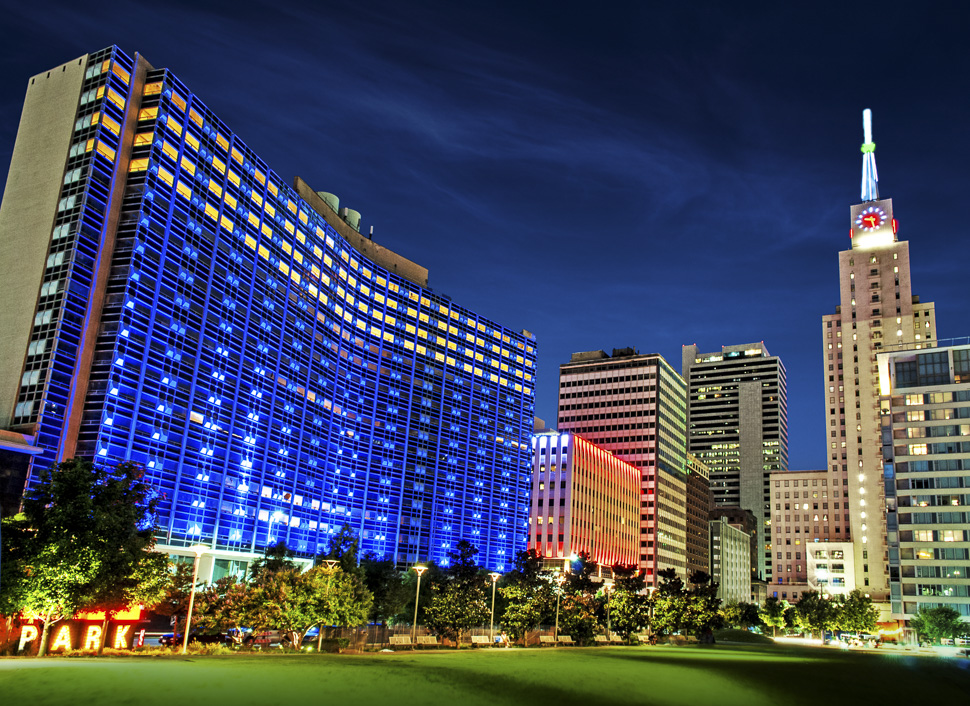
Moayedi is known for bringing back the Statler Hotel. [Photo: Courtesy Statler]
“One of my first deals was the 1530 Main St. Building, now known as the Joule Hotel. I noticed that Dallas was a car city, and I wanted to change that,” Barbier-Mueller says. “Coming from Switzerland where walkability and greenery are important, I applied the principles learned in Switzerland to each development we have in Dallas.”
“They are bringing that international perspective to urban development that is advancing the goal of interconnected neighborhoods,” Kourtny Garrett, CEO of Downtown Dallas Inc., says of Barbier-Mueller and the other developers featured here. “They understand and are proving the concept of walkability. Relying on the car is not going to be productive” in coming years, she says. That is a specific goal of Downtown Dallas Inc.’s 360 Plan, developed with the city in 2011 and updated in 2017, she says.
Matthews agrees progress is being made. “When I looked at Dallas 20 years ago, at downtown and Deep Ellum, it was islands of good development, with parking and junk in between,” he says. “Today, it’s pretty much all joined up.”
But there’s still plenty of land to be had. Hoque stands at the south-facing window of Hoque Global’s office on the 56th floor of the Comerica Bank Tower at 1717 Main St. in Dallas and points to 20 acres in contiguous blocks he has assembled behind Dallas City Hall next to Dallas Farmers Market. How could that much property occupied by little more than parking lots and light-industrial buildings be right on the edge of downtown?
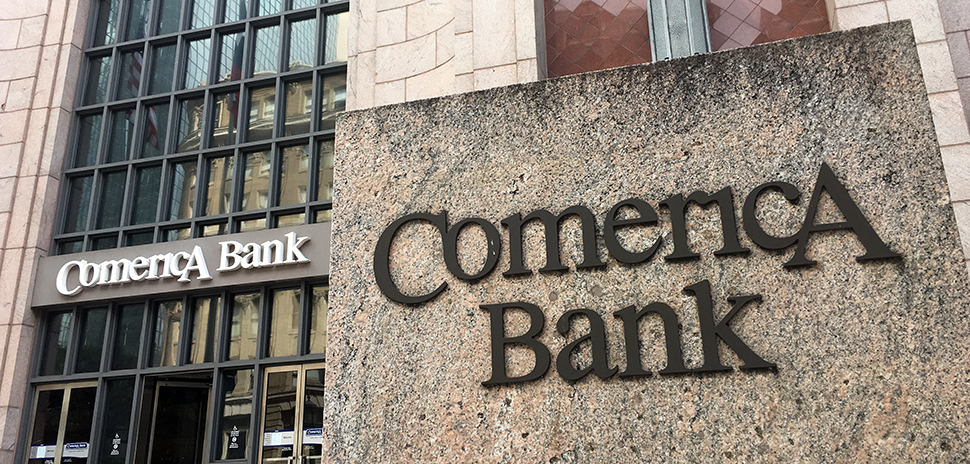
Hoque Global is in Comerica Bank tower. which sits in the Main Street District of downtown Dallas. [Photo: Lance Murray]
“I come from Bangladesh. It is the size of New Jersey and Pennsylvania put together,” he says. But it has 163 million people. That’s half the U.S. population. Hoque’s hometown of Dhaka, with close to 20 million residents, packs about 60,000 people into each square mile in the city’s boundaries. Compare that to Dallas’ 3,645 people per square mile in the city proper. With such incredible density—Bangladesh is the eighth-most densely-populated nation in the world and Dhaka the third-most densely-populated city—“you can see how walkability works,” Hoque says. That’s extreme, but Tehran and Geneva each have about 30,000 residents per square mile. Istanbul checks in at 24,000 people per square mile, even though it spreads across nearly 600 square miles.
It’s not at all surprising that these five international developers’ North Texas projects manifest the denser, mixed-use approach which is simply a fact of life in their home countries and which is increasingly accepted in North Texas. And they generally agree that municipalities are accommodating the trend.
Brad Bell, who heads the School of Architecture at the University of Texas at Arlington, says the city of Dallas made a smart move when it put its performing arts facilities in a downtown Arts District, and private commercial development is going a similar direction by concentrating mixed uses of residential, retail, office, and recreational pursuits.
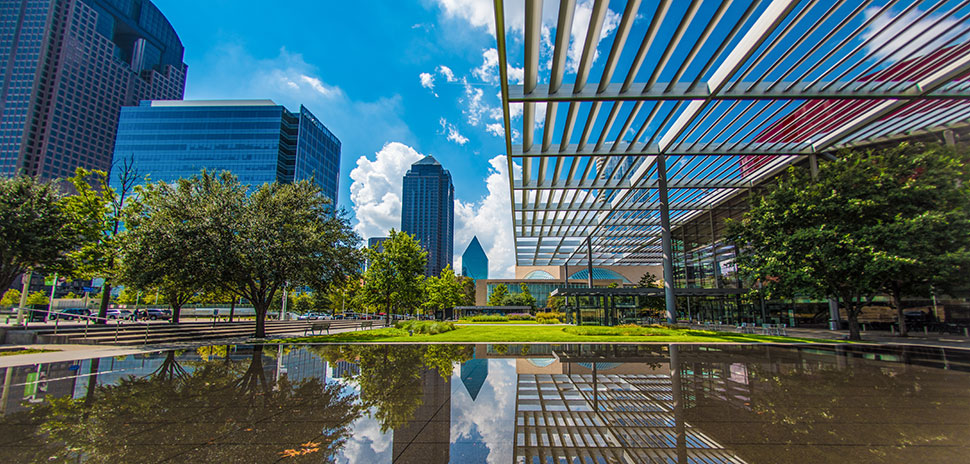
UTA’s Brad Bell applauds Dallas’ downtown Arts District. [Photo: Michael Samples]
“Density, done well, with the idea you have the right amenities of parks and gathering spaces, using opposites to interact with one another, is a lot more popular” than it was previously in North Texas, Bell says.
Add to that increasing public transportation options, the creation of downtown housing that workers can afford, knowledgeable design that takes advantage of what Bell calls “adjacencies and proximities” of features that balance work and leisure activities, and the stage is set for an interesting future. It almost sounds, you might say, international.
Explore more
Click each name below to get a deeper dive into the developer and what they’ve done in North Texas.
Jack Matthews
From: London (Ontario), Canada
Projects: South Side on Lamar in Dallas and the Omni Dallas Hotel
Fehmi Karahan
From: Istanbul, Turkey
Projects: Legacy West in Plano and The Fields in Frisco
Mehrdad Moayedi
From: Tehran, Iran
Projects: The Statler Hotel in Dallas and the Collin Creek Mall redevelopment in Plano
Mike Hoque
From: Dhaka, Bangladesh
Projects: Adolphus Tower in Dallas and SoGood @ Cedars in Dallas
Gabriel Barbier-Mueller
From: Geneva, Switzerland
Project: The Harwood District in Dallas
This series was originally published in the Dallas-Fort Worth Real Estate Review.
Read the digital edition of Dallas Innovates’ sister publication, the Real Estate Review, on Issuu.
Sign up for the digital alert here.
![]()
Get on the list.
Dallas Innovates, every day.
Sign up to keep your eye on what’s new and next in Dallas-Fort Worth, every day.










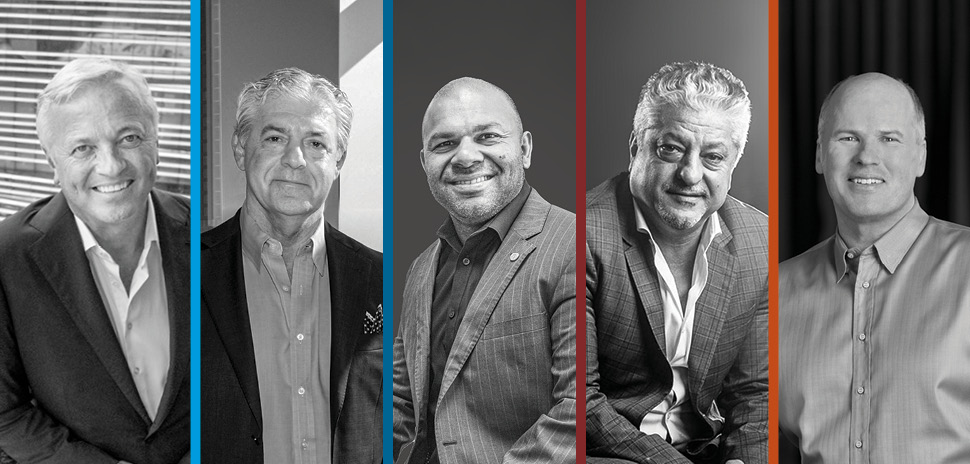

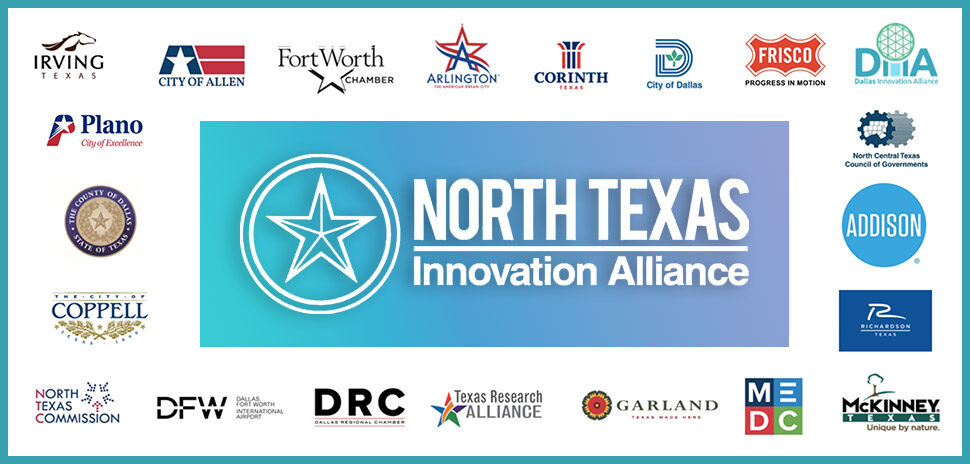
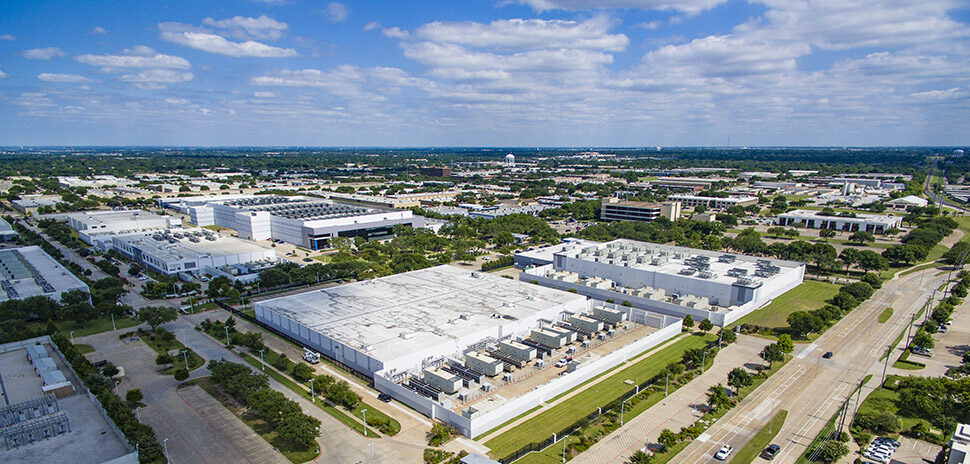
![Dr. Justin Lonon, vice chancellor of Dallas College, addresses the crowd at the recent Goldman Sachs 10,000 Small Businesses Dallas Graduation. [Photo: 10KSB]](https://s24806.pcdn.co/wp-content/uploads/2021/06/GoldmanSachs-10KSB-4992-970-970x464.jpg)
